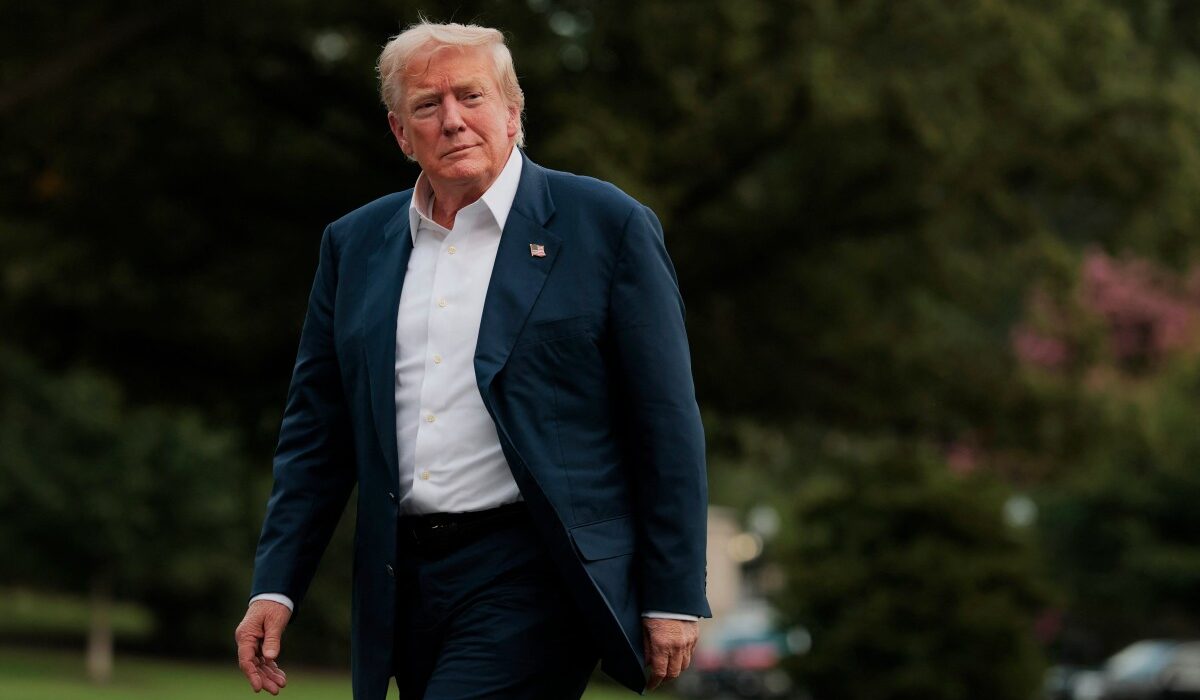US Tariff Surge Set to Hit Global Trade, Raise Consumer Prices as Trump Deadline Looms

A new wave of US tariffs is set to take effect on Friday, threatening to disrupt global supply chains and raise prices for American consumers, unless trading partners reach last-minute deals with President Donald Trump to avoid the hike.
The proposed tariffs, targeting imports from dozens of countries, could significantly increase the cost of everyday goods — from coffee and rice to clothing, seafood, cocoa, and electronics — at a time when consumers are already grappling with inflationary pressures.
Economists have cautioned that the added duties, which are paid by US importers, will likely lead to increased business expenses that could be passed down to households, potentially weakening consumer spending — a major engine of the US economy.
Among the sectors most at risk is coffee, of which the United States imports over 99%, according to the National Coffee Association. Top suppliers like Brazil, Colombia, and Vietnam are in the crosshairs. Brazil, which has historically provided more than 30% of US coffee imports, faces a 50% tariff following Trump’s criticism of legal actions against his political ally, former Brazilian President Jair Bolsonaro.
Vietnam’s coffee exports could also be hit with an extra 20% tariff, despite a recent bilateral agreement.
Apparel is also vulnerable. The American Apparel & Footwear Association reports that over half of US clothing imports from January to May came from China, Vietnam, and Bangladesh. These countries are already facing varying tariff levels. Chinese goods, which represent nearly a third of apparel imports, now carry an added 30% duty — and rates could rise further if a trade truce expires on August 12. Trump has also floated a 35% tariff on Bangladeshi apparel.
The rice market is another area of concern. The US is the largest rice importer in the Western Hemisphere, bringing in 1.3 million tons annually, mostly fragrant jasmine and basmati varieties from Thailand, India, and Pakistan.
These countries could see tariffs ranging from 26% to 36%, potentially impacting grocery prices for American households.
The cocoa industry is not spared either. Imports of cocoa beans — mostly from Ivory Coast and Ecuador — average $1.1 billion yearly. Ivory Coast could face a 21% duty, while cocoa butter suppliers like Indonesia and Malaysia are looking at 19% and 25% tariffs, respectively.
Perhaps most striking is the looming 50% tariff on imported copper, a move that consulting firm BCG estimates could add $8.6 billion in costs to the construction and electronics industries, both of which are major consumers of copper materials.
The ripple effect could mean higher prices for smartphones, appliances, and building materials.
With the August 1 deadline rapidly approaching, business groups, economists, and trade partners are watching closely to see whether negotiations can stave off what could become a costly escalation in global trade tensions.









